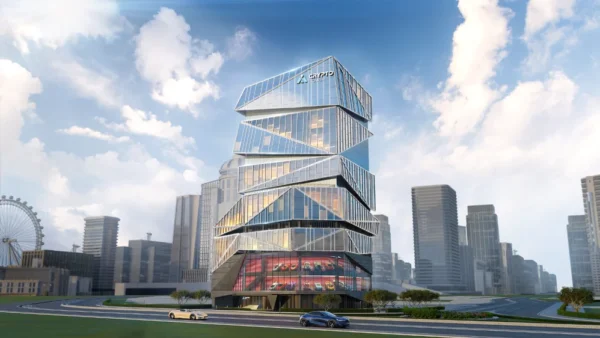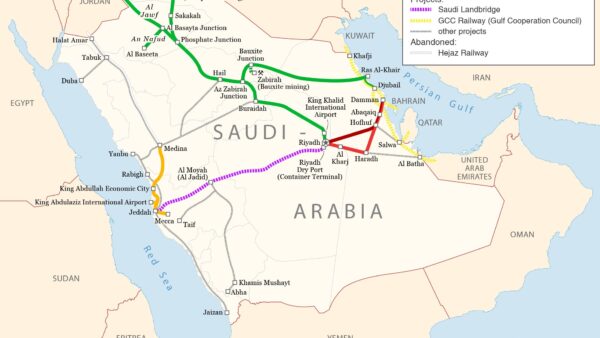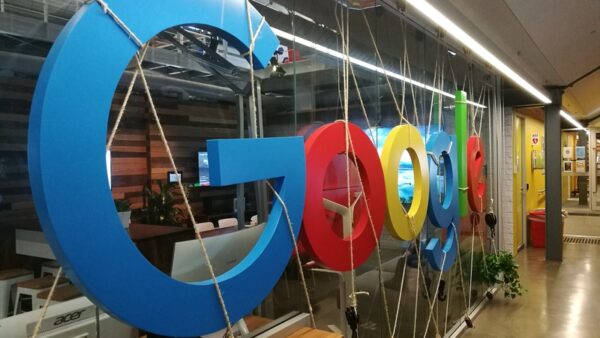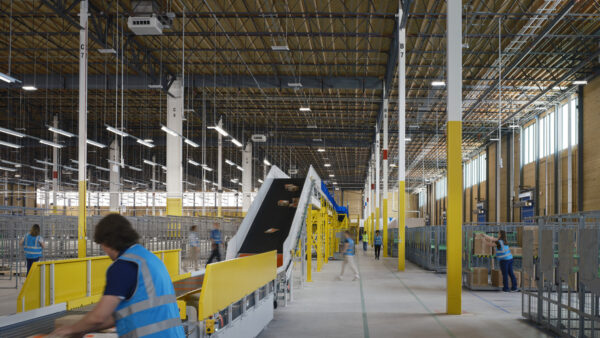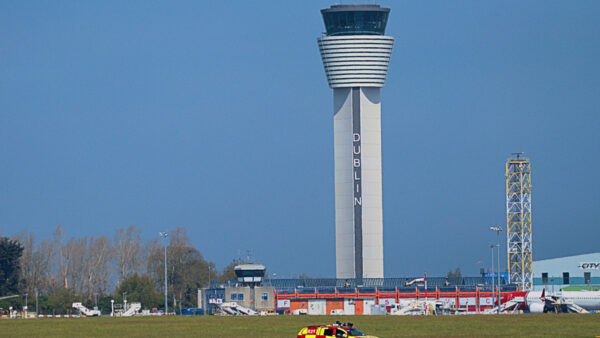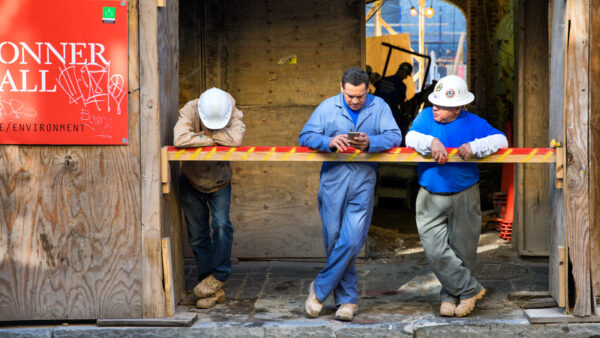The Dutch use some 180,000 tonnes of toilet paper every year, and because they are able to afford a high-quality experience, it is high in cellulose. This means that it can be separated out from the material surrounding it, heated to high temperature to sterilise it, and turned into a fluffy pellet that can be used for a number of purposes.
One of these is as an addition to asphalt, where it acts as a binder to prevent bitumen from separating out. To demonstrate its use for this purpose, a 1km bicycle lane has been laid down between the Frisian capital of Leeuwarden and the town of Stiens.
The project was conceived by Dutch firms CirTec and KNN Cellulose. Carlijn Lahaye, CirTec’s managing director, told the BBC: “You remove something that is a burden in the waste treatment process plus you turn it into a high-value product that you can sell.”
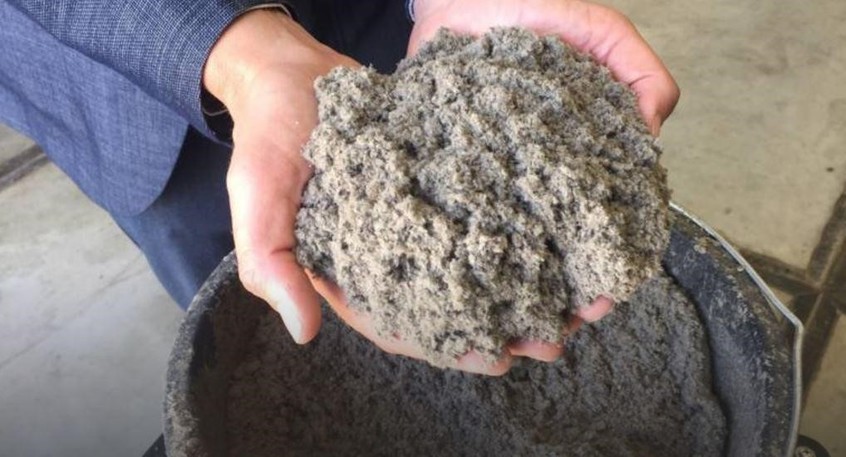
Image courtesy of CirTec
Michiel Schrier, provincial governor of Friesland, said: “It’s a strange idea for people that there’s toilet paper in the road. But when they cycle on it or feel it, they can see that it’s normal asphalt.”
CirTec say it is in talks to create a larger scale version of the road in the future.Â
Reclaimed cellulose has other industrial uses, and can be turned into insulation, paper or bioplastics. One of CirTec’s factories produces about 400kg of pure cellulose a day, part of which is exported to England where it is used as a raw material for bio-composites.
Top image courtesy of Friesland

